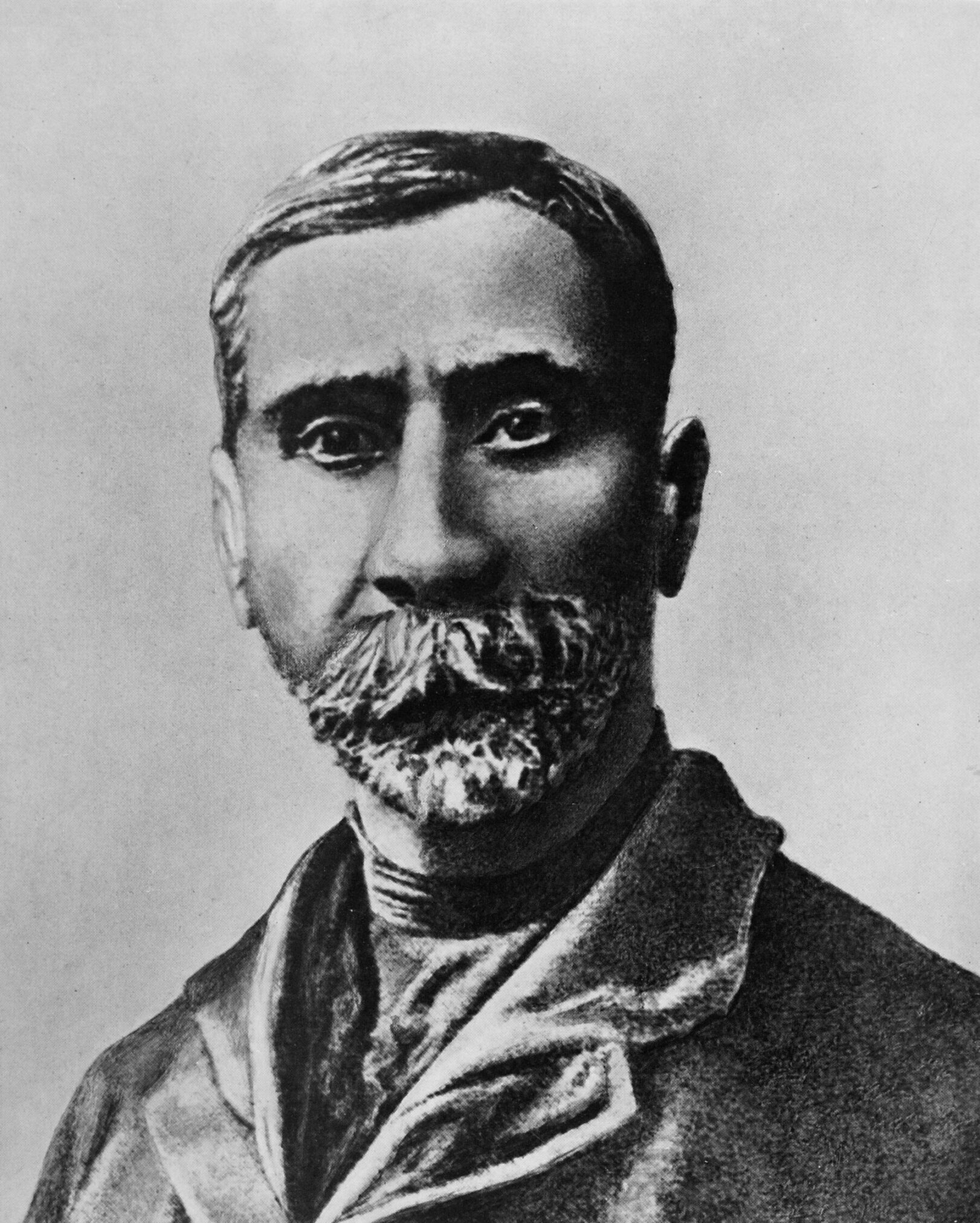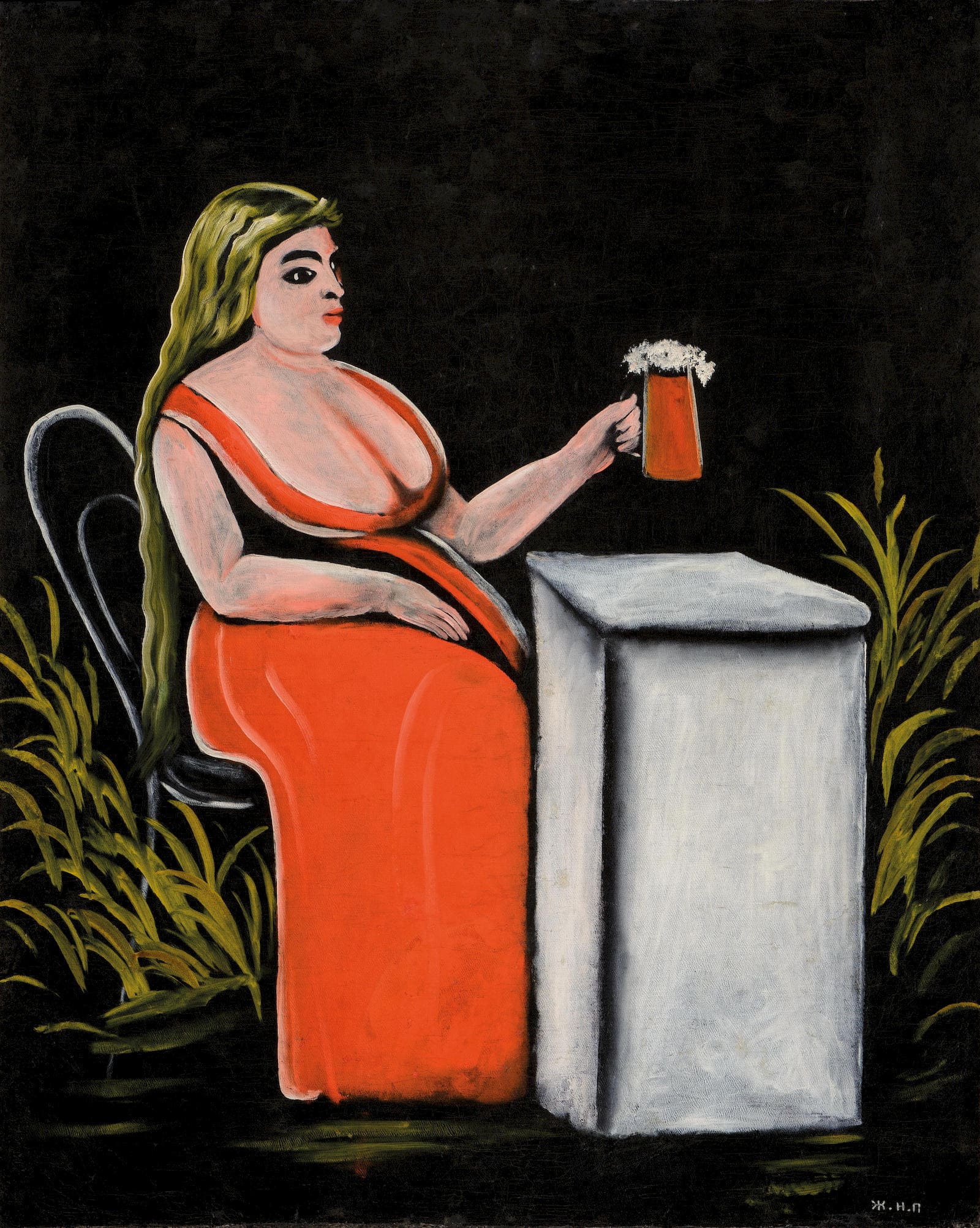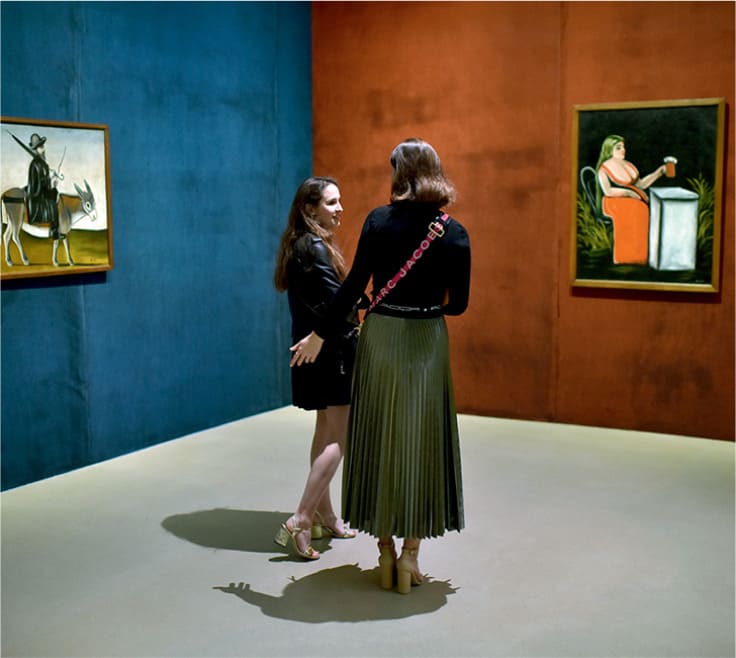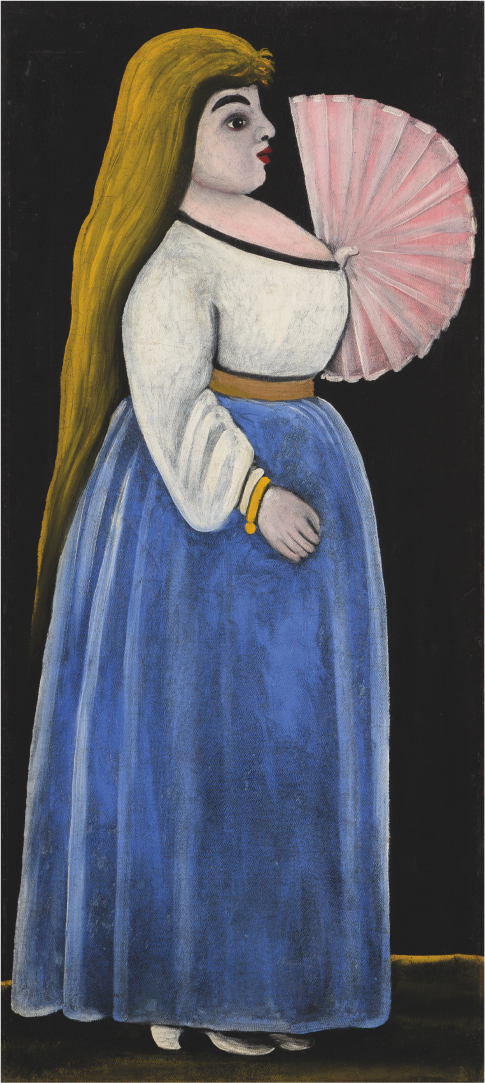Niko Pirosmanashvili, widely known as Pirosmani, is celebrated as one of the greatest artists of all time. His extraordinary body of work is not only a treasure in Georgian art and culture but also holds a significant place in global art history. Pirosmani’s creations vividly capture the multicultural and dynamic atmosphere of Tbilisi, a city at the crossroads of Asia and Europe. His works encompass character studies, portraits, still-lifes, scenes of feasts and rural life, historical figures, and what he fondly called “friends of my heart”—animals. His art serves as a bridge between Georgian mediaeval frescoes and modern art, creating a seamless synthesis. It merges monumentalism and spirituality with an intuitive resolution to the challenges faced by European painting at the dawn of the 20th century.
With just a few brushstrokes, Pirosmani possessed a remarkable ability to capture the essence of his subjects, turning the ordinary into the extraordinary. His innovative use of black oilcloth for modelling forms produced a delicate and carefully graded paint layer, giving his figures a unique presence. Though self-taught, his work transcends the labels of ‘naive’ or ‘primitive.’ Born to a peasant family in Mirzaani, Pirosmani moved to Tbilisi in 1870 after losing his parents. By the 1890s, he worked as a railroad conductor and later owned a dairy shop, which he decorated with his signboards. Around the turn of the 20th century, he abandoned his business ventures, adopting a modest and wandering lifestyle. Devoting himself entirely to art, he received commissions from the tavern (Dukhan) and pleasure establishment owners. In Old Tbilisi, Pirosmani, often dressed in European-style attire, became known as the ‘Count’ and earned a reputation as a signboard painter.
In 1912, young artists Michel Le-Dentu and the Zdanevich brothers discovered Pirosmani’s work in Tbilisi. The following year, his paintings—dubbed “Georgian Giotto” by Le-Dentu—were displayed at the Moscow avant-garde exhibition Target, alongside renowned figures like Marc Chagall, Kazimir Malevich, Natalia Goncharova, and Mikhail Larionov. After returning from Munich in 1916, Dimitri Shevardnadze, the future founding director of the National Art Gallery, organized a one-day exhibition of Pirosmani’s work in Tbilisi and held a meeting with the Society of Georgian Artists. Pirosmani died in solitude in 1918, his final resting place unknown.
However, his legacy grew posthumously. In 1919, Dimitri Shevardnadze began acquiring Pirosmani’s works for the National Art Gallery, supported by a new wave of Georgian artists like Lado Gudiashvili and David Kakabadze. Pirosmani’s international recognition soared in 1969, when his solo exhibition was held at the Louvre, followed by shows in Vienna, Berlin, and Tokyo. In 1972, the book Pirosmanachvili 1914 was published in Paris by Ilyazd, featuring an etching portrait of Pirosmani by Pablo Picasso.
Today, his works are showcased in prestigious museums worldwide, testifying to his enduring legacy and universal appeal.




